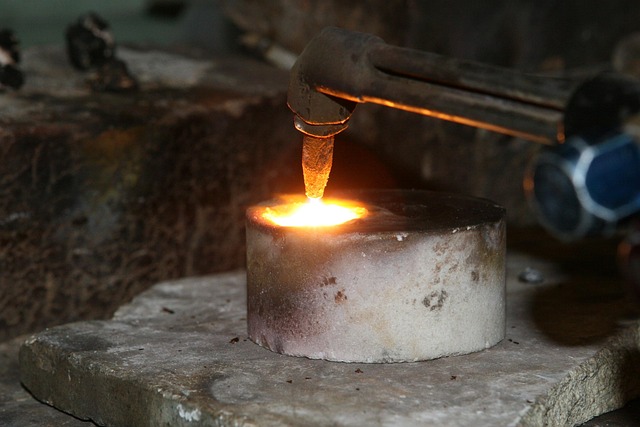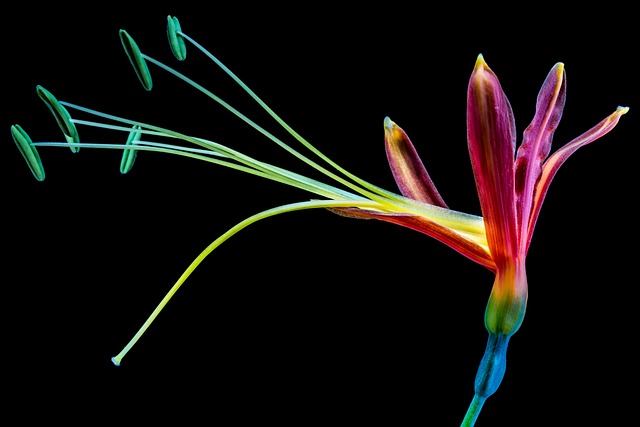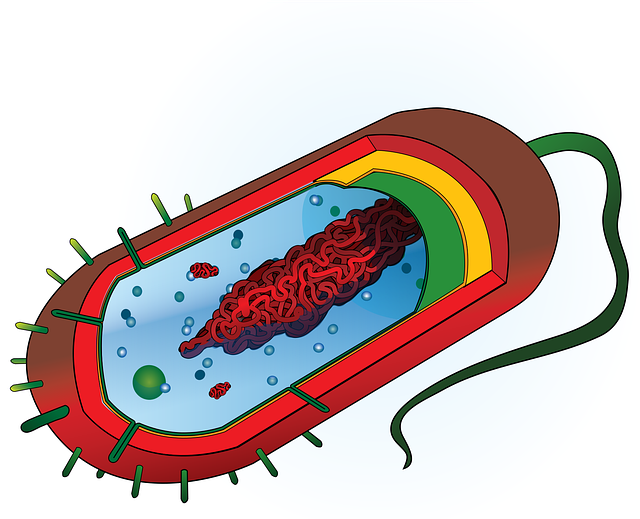Optimizing stem cell culture media is vital for efficient cell growth and functionality. Chemically defined, animal-component-free media ensures consistent research and clinical applications. Precise adjustments of growth factors, supplements, temperature (35°C – 37°C), CO2 levels (5% – 9%), pH, and nutrient profiles enhance cellular proliferation, differentiation, and overall health, leading to cost-effective production in bioreactors while maintaining high-quality stem cell cultures.
In the realm of biotechnological advancement, optimizing cell culture conditions is paramount for successful stem cell research. This comprehensive guide explores critical components of stem cell culture, focusing on tailored media requirements, strategic growth factor and supplement selection, precise temperature and CO2 control, as well as meticulous pH and nutrient monitoring. By understanding and fine-tuning these factors, researchers can create an ideal environment, fostering robust stem cell proliferation and differentiation.
- Understanding Stem Cell Culture Media Requirements
- Optimizing Growth Factors and Supplements
- Controlling Temperature and CO2 Levels
- Monitoring pH and Nutrient Balance
Understanding Stem Cell Culture Media Requirements

Understanding the specific media requirements for stem cell culture is paramount in ensuring optimal cell growth and functionality. Stem cells, with their unique self-renewal and differentiation capabilities, demand precise environmental conditions to thrive. Chemically defined stem cell culture media, free from animal components, has gained prominence due to its ability to provide a consistent and controlled environment, crucial for research and clinical applications. This approach eliminates potential variability introduced by variable animal sources and supports the production of clinical-grade stem cells required for therapeutic purposes.
Media optimization plays an integral role in achieving robust stem cell cultures, especially when considering the diverse needs of different stem cell types. For instance, media for neural stem cell differentiation requires specific growth factors and nutrients to promote neuronal lineage commitment. By meticulously tailoring the media components, researchers can fine-tune signaling pathways, enhancing cellular responses and facilitating desired cell type-specific transformations. This precision in media formulation is vital for achieving high-quality, consistent results in both laboratory research and large-scale industrial stem cell production.
Optimizing Growth Factors and Supplements

Optimizing growth factors and supplements in stem cell culture media is a crucial step in achieving robust stem cell expansion and cryopreservation. Careful selection and tuning of these components can significantly influence cellular proliferation, differentiation, and overall health. Researchers often tailor their media formulations based on the specific type of stem cells being cultured, aiming for conditions that promote optimal growth while minimizing unwanted side effects.
In a stem cell bioreactor, for instance, media optimization involves precisely controlling nutrient delivery and waste removal to maintain a dynamic balance. This not only ensures high-quality cell expansion but also translates into cost-effective stem cell media preparation. By streamlining media formulations, labs can reduce waste generation and lower production costs without compromising on the quality of their stem cell culture media.
Controlling Temperature and CO2 Levels

Maintaining optimal temperature and CO2 levels is paramount in successful cell culture, especially for delicate stem cells. These cellular entities thrive in specific conditions that mimic their natural environment, and deviations can significantly impact their behavior. Temperature regulation is crucial, typically ranging from 35°C to 37°C for most cell types, including neural stem cells. This slight warmth facilitates metabolic processes and enzymatic reactions essential for survival and proliferation.
Complementing temperature control, CO2 levels must also be precisely adjusted, usually between 5% and 9%. This gas mixture is vital for cellular respiration as it provides the necessary carbon source for energy production. Defined components in stem cell culture media play a significant role in achieving these precise conditions, ensuring optimal environments for both neural stem cell differentiation and overall survival.
Monitoring pH and Nutrient Balance

Maintaining optimal pH levels and a balanced nutrient profile is paramount for successful stem cell culture media. Stem cell culture quality assessment guidelines emphasize that these factors significantly influence cellular growth, differentiation, and overall stem cell culture quality. Monitoring and adjusting the pH ensures the cells thrive in their native environment, as slight deviations can impact cellular signaling pathways.
The composition of stem cell culture media plays a crucial role in achieving efficient mesenchymal stem cell harvests. Chemically defined stem cell growth factors have gained prominence for their ability to provide a controlled and consistent environment. By carefully balancing essential nutrients and maintaining the right pH, researchers can optimize conditions that facilitate robust stem cell expansion and maintain their multipotent properties.
Optimizing cell culture conditions, particularly for stem cells, involves a delicate balance of understanding specific media requirements, fine-tuning growth factors and supplements, maintaining optimal temperature and CO2 levels, and continually monitoring pH and nutrient balance. By carefully navigating these aspects, researchers can create an environment that promotes robust cell growth and differentiation, unlocking the full potential of stem cell culture. In this regard, stem cell culture media is not merely a mixture of nutrients but a dynamic ecosystem essential for cultivating versatile cells with therapeutic applications.














